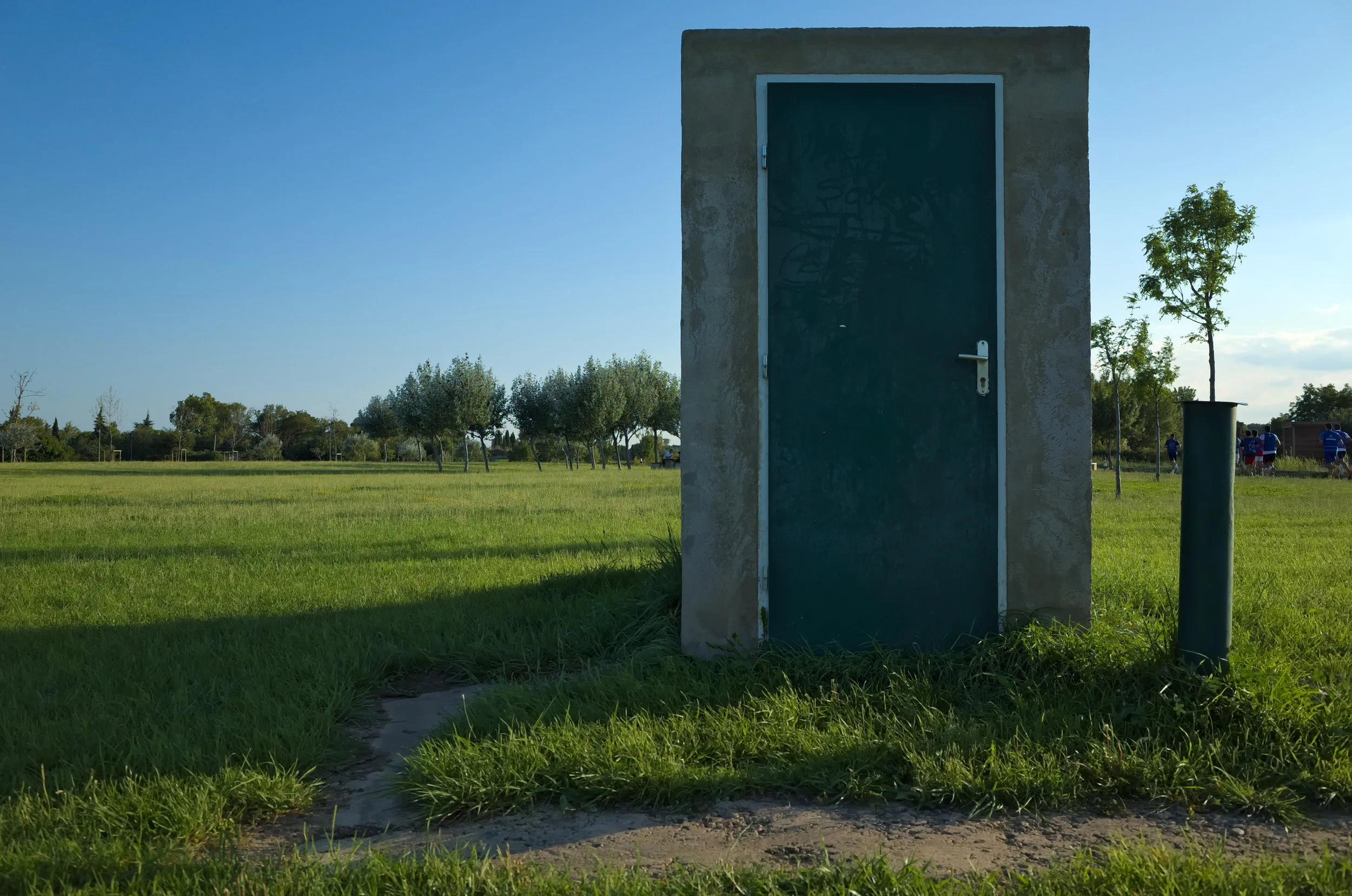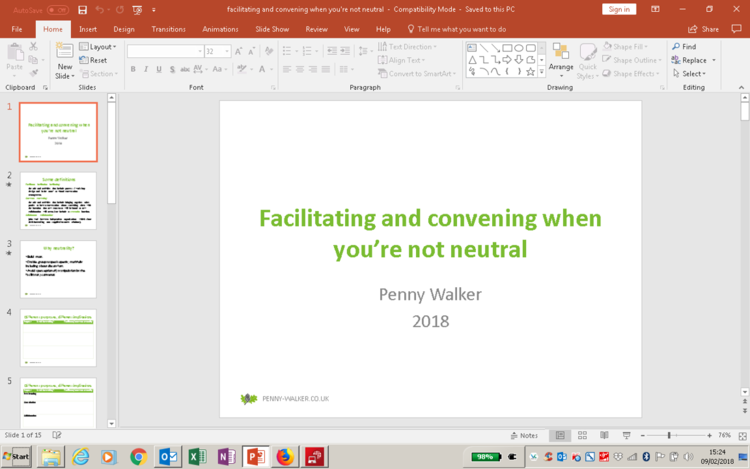Carousel is a great technique when you would like a group's discussions to benefit from the time-efficiency and increased air-time of small group 'parallel processing' while also having the opportunity to build on each others' ideas. It has a few more moving parts than some techniques, so here's some detailed guidance…
Guiding a group through the adventure forest
One of the most helpful things a facilitator does, is to transform how groups feel about the messy, sticky, unfocused middle of meetings. Facilitators often call this the ‘groan zone’. The phase of a meeting when conversations go a bit random, and it feels as if no progress is being made.
But what if we reframe the groan zone: if we help groups explore and appreciate the wonders of the ‘adventure forest’?
Managing the change to sustainability
Croner-i’s “Environment” magazine asked me to share key insights from Change Management for Sustainable Development. That article is out now, in the spring edition (no. 74).
You can download it here.
Tldr:
Understand where your organisation is now…
Organising small groups within a larger event
There's a place for us... Choosing a venue
Doing the work in sustainability that we want to do
Lots of the women who came along to She is Still Sustainable said that the highlight was a co-coaching exercise we ran, using a solutions focus approach. People paired up and coached each other, asking positive, future-oriented questions about the sustainability work they wanted to do. The instructions are here.
Facilitating and convening when you're not neutral
Many organisations in the sustainability field do their best system-changing work when they are collaborating. And they find themselves in a challenging situation - playing the role of convening and facilitating, whilst also being a collaborator, with expertise and an opinion on what a good outcome would look like and how to get to it. This dual role causes problems. Here’s how to fix them.
Carousel in action
Clean energy, thriving cities: Sustainable Development Goals #5
Bringing affordable off-grid renewables to remote communities in developing countries; using cutting-edge data analysis to save money and carbon in modern buildings; micro-managing students' energy use to balance the national grid: some of the brilliant things that are featured in the latest of my series on how businesses are helping contribute to meeting the Sustainable Development Goals.
Location, location, location
Picture the scene: the room, which you haven't been able to check out before, has a low ceiling, tiny windows that somehow don't manage to let in much light, and is decorated in shades of brown and purple. There are uplighters on the walls, which have large strategically placed paintings screwed to them. And, of course, you have been told that under no circumstances can blu-tack be used on the rough-textured wallpaper.








